Current Market Data

The typical increase in home sales as summer approaches failed to materialize nationwide last month, with average sales dropping 0.2% from April to May, but month-over-month sales in Atlanta dipped even further, declining 0.8%, according to the RE/MAX May National Housing Report.

Single-family housing starts were up 4.2% from April and 49.8% from May 2020, at 1,098,000, according to the U.S. Census Bureau and Department of Housing and Urban Development.

While pending sales are up 29% year over year, they are starting to slow and have fallen 9.7% from their peak.
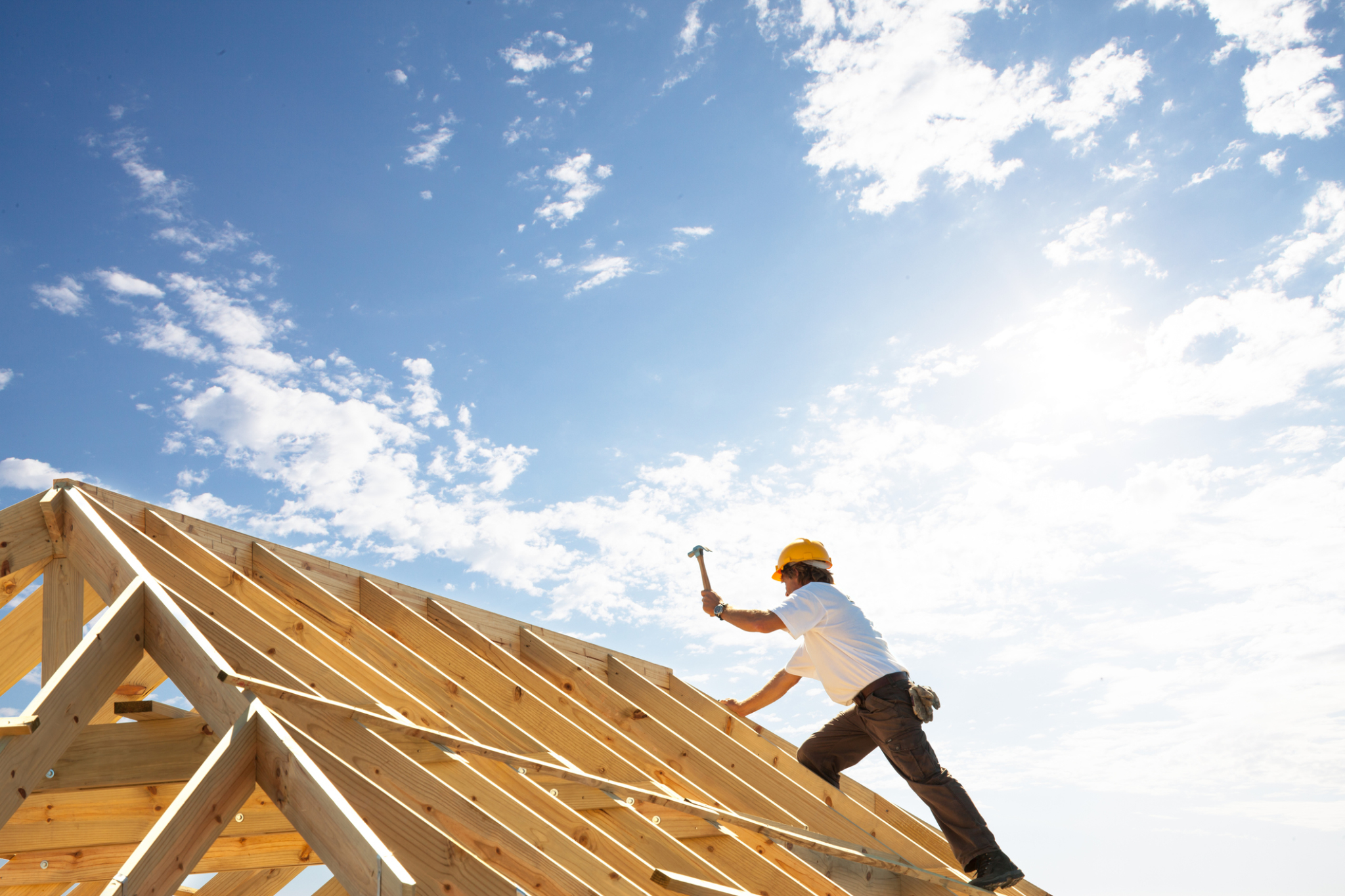
Increasing costs and the declining availability of key building materials dampened builder sentiment, as higher costs have pushed some new homes beyond the budget of prospective buyers.

The rise in equity could help stave off foreclosures because homeowners can tap into that equity and sell their home, unlike during the 2008 financial crisis when many homeowners found themselves underwater in their mortgage, according to CoreLogic.
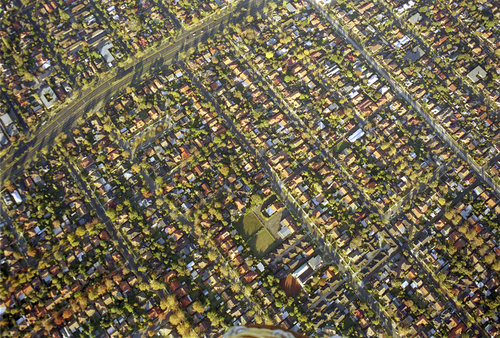
Expert panelists from Zillow’s Home Price Expectations Survey say if changes aren’t made, new construction growth will stall, home prices will continue to increase, and less of today’s 30-somethings will have the ability to own a home.
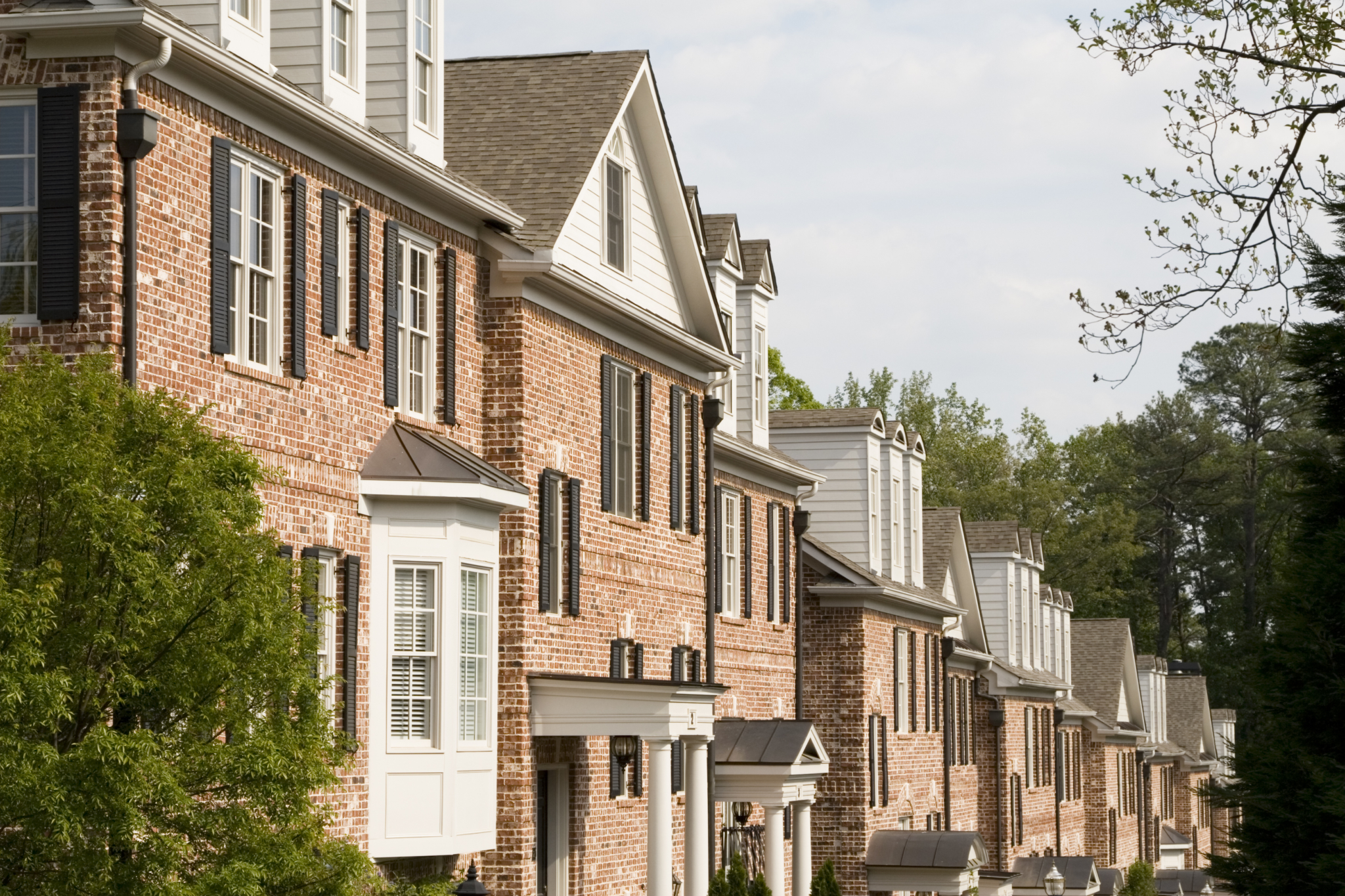
Rising property values had homeowners cashing out of their existing residences to buy bigger homes in less-expensive areas last year.
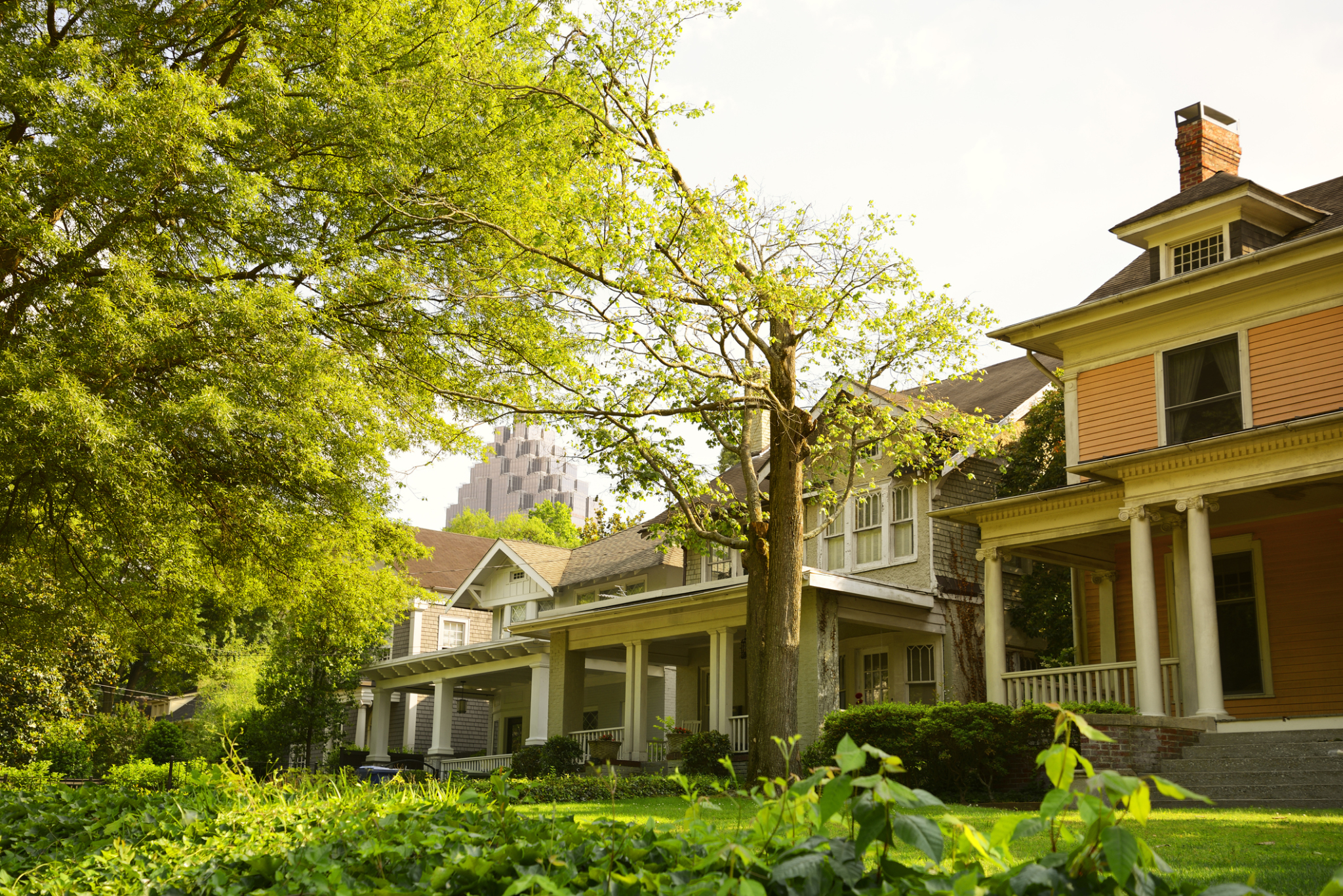
With half of all homes in today’s market selling above the asking price, the timing of when to list can have an impact on both time on market and sale price.
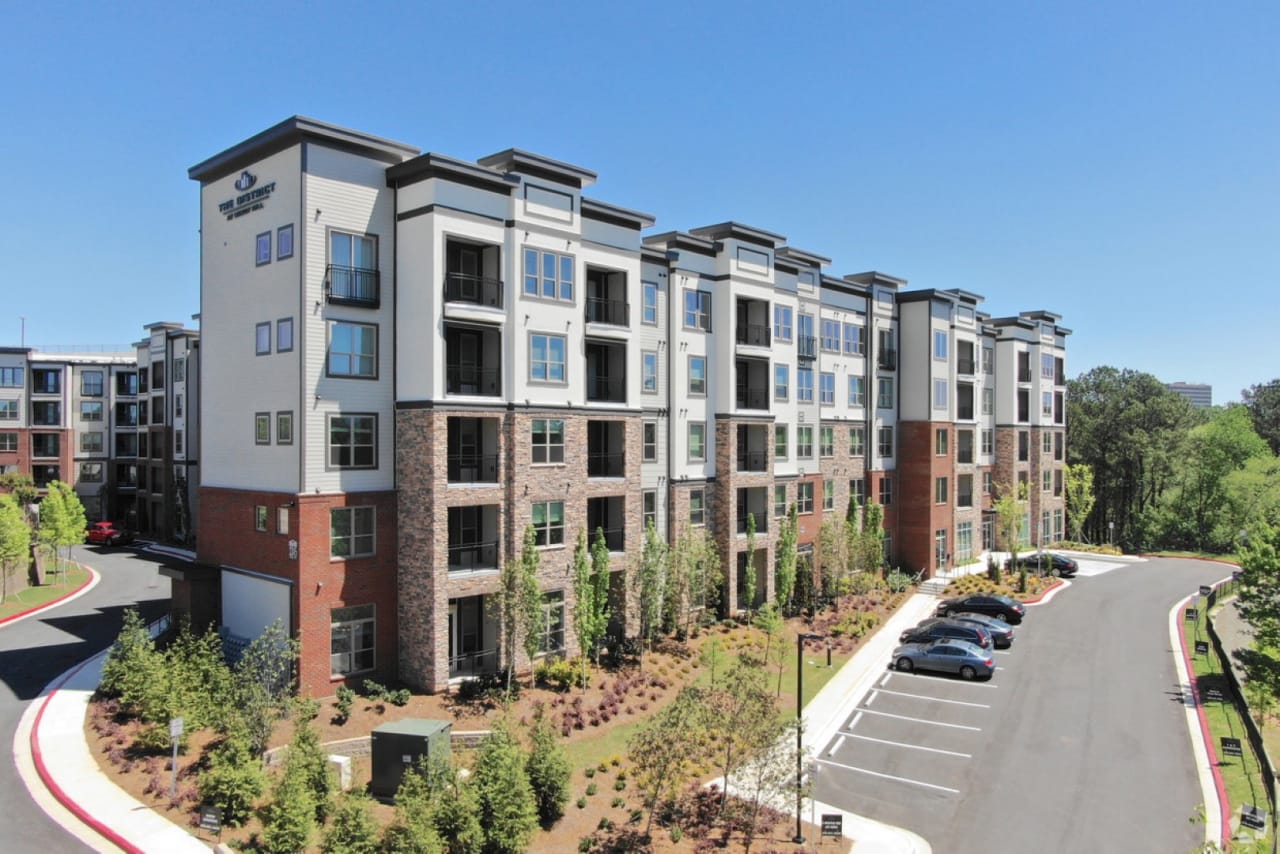
The complex sits on approximately 5.6 acres and consists of two five-story, elevator-served buildings with a 514-space parking deck between the buildings.

Home-price growth remained in double digits for the 10th straight month in May, as inventory lows pushed the median listing prices up 15.2% from last year.

Despite the monthly increase, listings stayed near all-time lows, down 59.8% from 15,281 listings in May 2020.
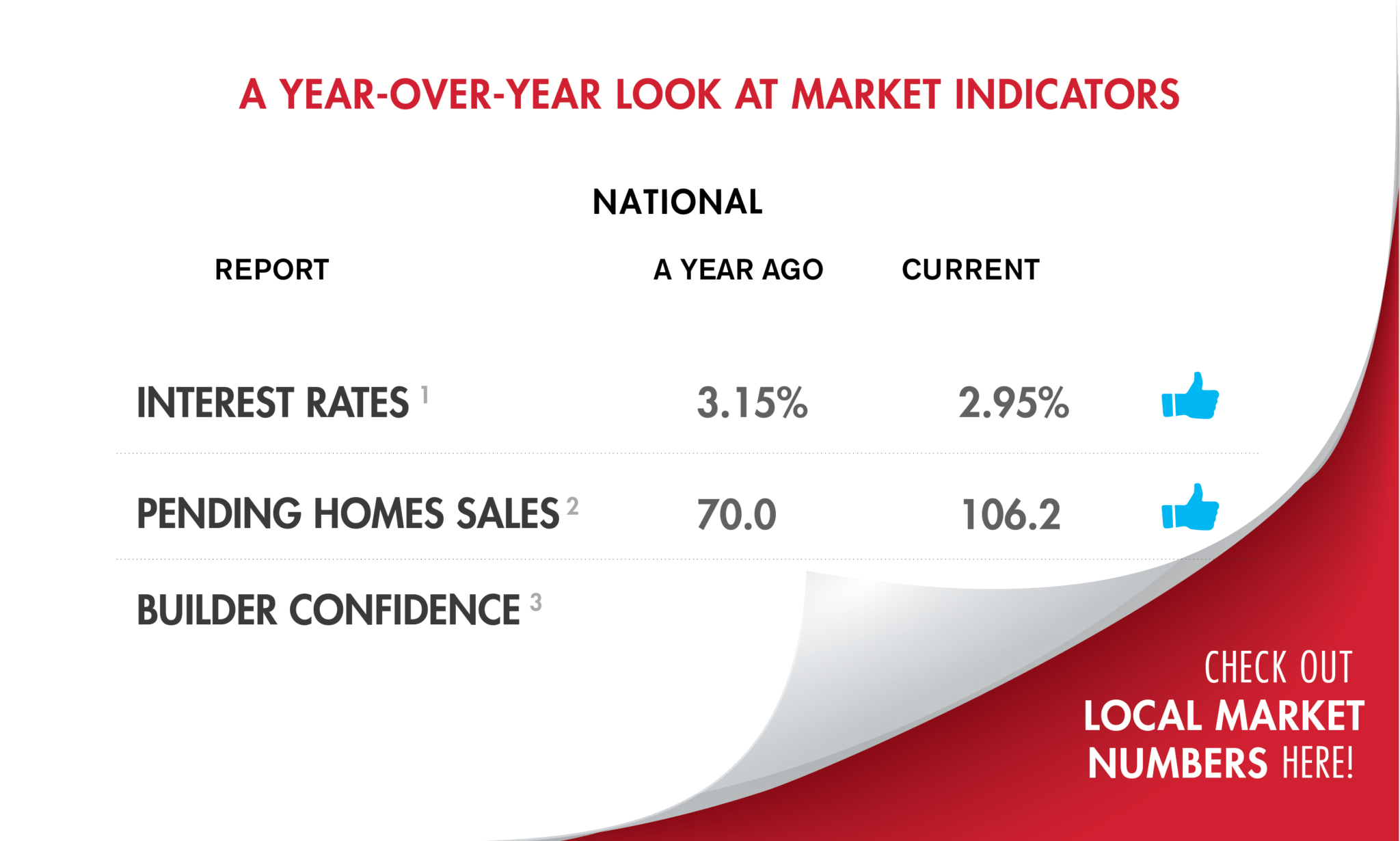
Housing inventory, meanwhile, remained significantly below year-ago levels in May.

Longer-commute areas continued to claim the largest market share in single-family homebuilding, but the construction growth rate was strongest in places with shorter commuting times, the National Association of Home Builders said, citing its quarterly Home Building Geography Index.

Of the 99 million residential properties in the U.S., approximately 1.4 million (or 1.4%) are vacant this quarter, with “zombie” home rates increasing both quarterly (21%) and annually (5.6%).
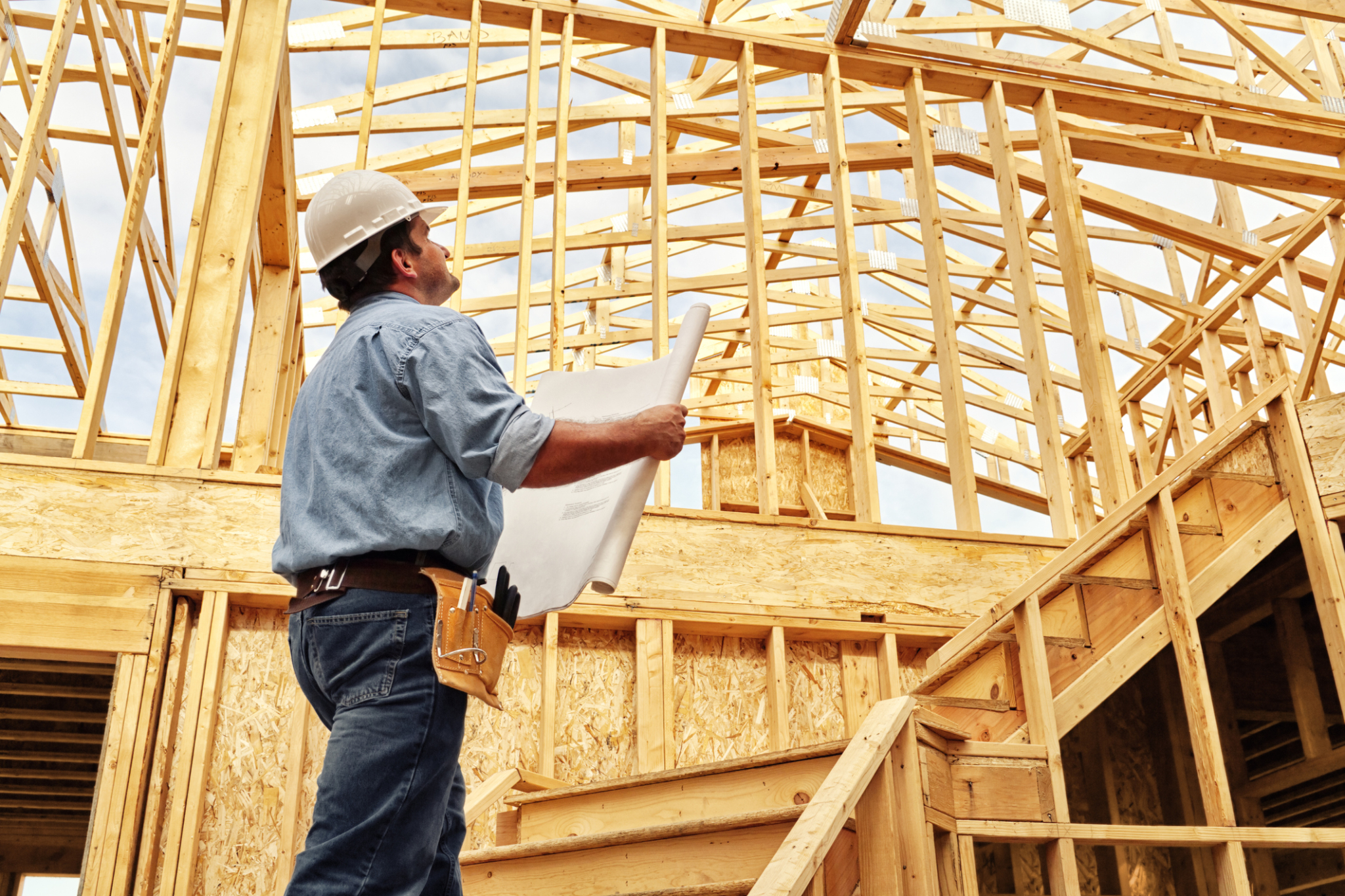
Special questions added to the National Association of Home Builders’ monthly builder survey found 90% or more of respondents had experienced shortages of plywood, oriented strand board, framing lumber and appliances, with most other materials also hard to come by.

Year over year, however, pending home sales were up 57.1%, the NAR said, citing its monthly Pending Home Sales Index.
